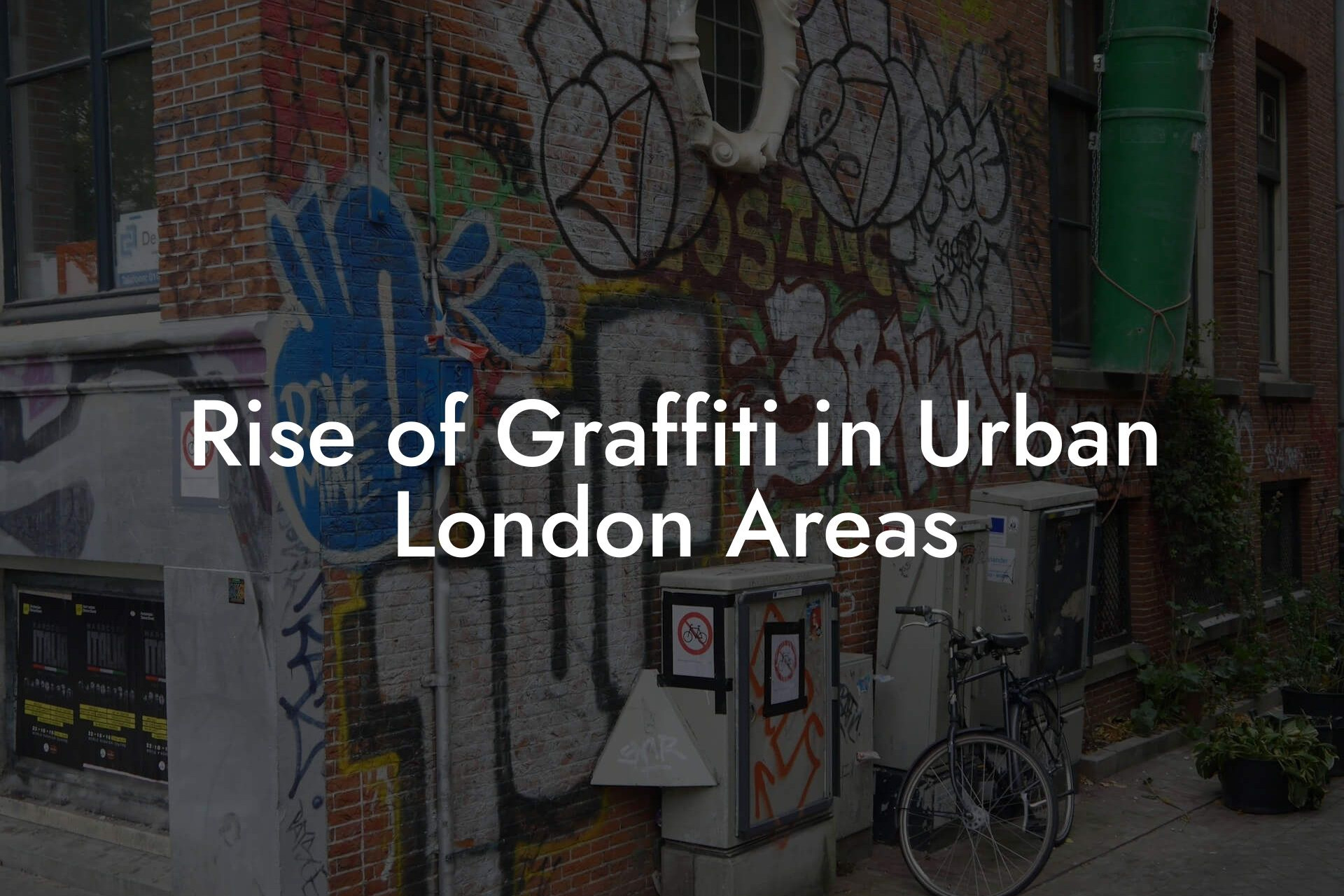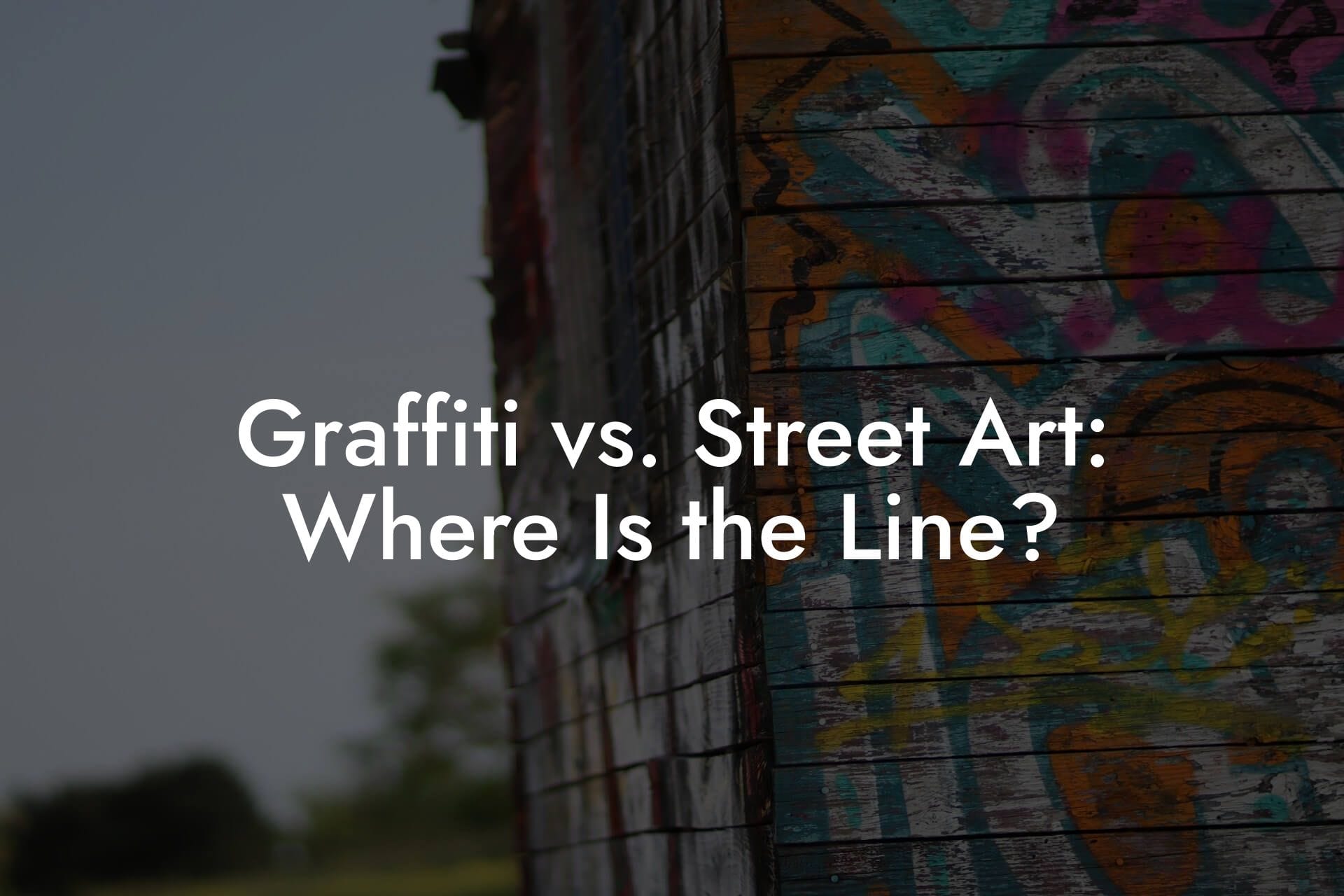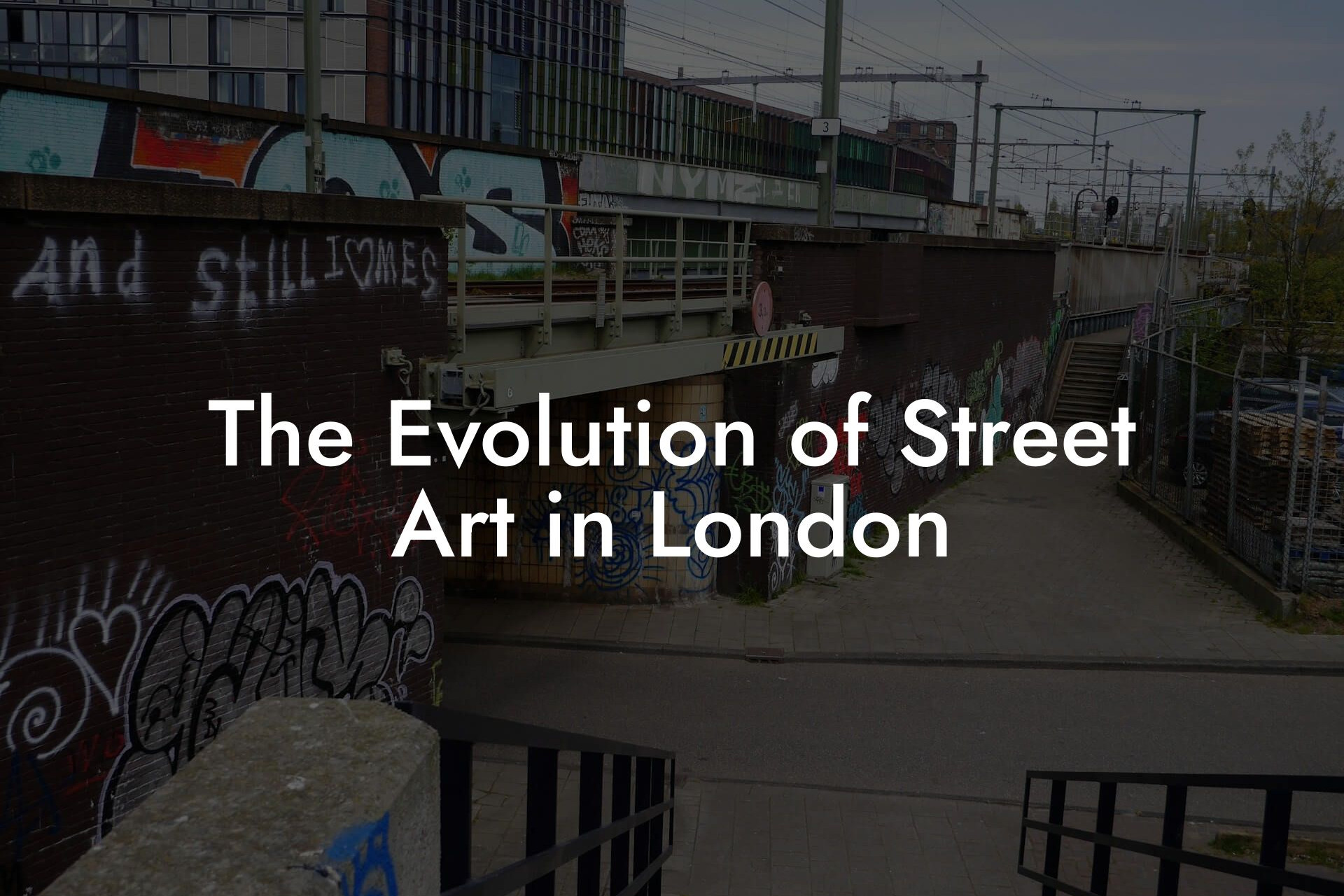Graffiti has been a persistent issue in urban environments for decades, causing frustration and financial burdens for property owners and local authorities. As a leading graffiti removal service in London, we at Graffiti Removal London have encountered numerous cases of vandalism, each with its unique characteristics and motivations. In this article, we will delve into the reasons behind graffiti, exploring the psychological, social, and cultural factors that drive individuals to engage in this form of vandalism.
Table of Contents
- The Psychological Aspect: Rebellion, Identity, and Expression
- Social Factors: Gang Culture, Peer Pressure, and Territorial Marking
- Cultural and Historical Context: The Evolution of Graffiti
- The Role of Urban Planning and Design
- The Economic and Environmental Impacts of Graffiti
- The Legal Framework: Punishment, Prevention, and Education
- Conclusion: A Comprehensive Approach to Addressing Graffiti
- Frequently Asked Questions
The Psychological Aspect: Rebellion, Identity, and Expression
For many, graffiti is a means of self-expression, a way to assert their individuality and challenge the norms of society. Vandals often use graffiti as a platform to convey their emotions, thoughts, and beliefs, which may not be accepted or heard through conventional channels. This form of expression can be particularly appealing to young people, who may feel marginalized or disillusioned with the establishment. By creating graffiti, they can momentarily reclaim public spaces and assert their presence.
In some cases, graffiti can be a cry for attention, a desperate attempt to be noticed and validated. Individuals may engage in vandalism to compensate for feelings of inadequacy or to seek recognition from their peers. This phenomenon is often observed in areas with high levels of social deprivation, where opportunities for self-expression and personal growth may be limited.
Social Factors: Gang Culture, Peer Pressure, and Territorial Marking
Graffiti is often linked to gang culture, where it serves as a means of territorial marking, intimidation, and communication. Gang members use graffiti to signal their presence, warn off rival groups, and establish their dominance over a particular area. This form of vandalism can contribute to a sense of fear and anxiety among local residents, perpetuating a cycle of violence and retaliation.
Peer pressure also plays a significant role in graffiti vandalism. Individuals may be encouraged or coerced by their friends or gang members to participate in graffiti, often as a rite of passage or to prove their loyalty. This can lead to a snowball effect, where more and more people become involved in vandalism, perpetuating the problem.
Cultural and Historical Context: The Evolution of Graffiti
Graffiti has a rich and complex history, dating back to ancient civilizations. From the Pompeian graffiti of ancient Rome to the modern-day street art of Banksy, graffiti has been a persistent feature of urban landscapes. In the 1970s and 1980s, graffiti emerged as a key component of hip-hop culture, with artists like Taki 183 and Cornbread pioneering the movement.
Today, graffiti encompasses a broad range of styles, from simple tags to intricate murals. While some forms of graffiti are widely accepted as art, others are viewed as vandalism, sparking heated debates about the role of graffiti in urban culture. Understanding the cultural and historical context of graffiti is essential for developing effective strategies to prevent and mitigate its negative impacts.
The Role of Urban Planning and Design
The design and layout of urban spaces can contribute to the proliferation of graffiti. Areas with high foot traffic, poor lighting, and inadequate surveillance are often more susceptible to vandalism. Furthermore, the lack of community engagement and social programs can create an environment conducive to graffiti.
On the other hand, well-designed public spaces can help to prevent graffiti. Features like murals, public art installations, and community-led initiatives can foster a sense of ownership and pride among local residents, reducing the likelihood of vandalism. Urban planners and designers must consider the social and cultural implications of their designs, incorporating strategies to prevent graffiti and promote community engagement.
The Economic and Environmental Impacts of Graffiti
Graffiti can have significant economic and environmental consequences for property owners, businesses, and local authorities. The cost of cleaning and removing graffiti can be substantial, with some estimates suggesting that the UK economy loses millions of pounds each year to graffiti vandalism.
In addition to the financial burden, graffiti can also have negative environmental impacts. The chemicals used in graffiti removal can contaminate soil and waterways, while the repeated cleaning and repainting of surfaces can contribute to greenhouse gas emissions. Furthermore, the presence of graffiti can detract from the aesthetic appeal of an area, reducing property values and discouraging investment.
The Legal Framework: Punishment, Prevention, and Education
In the UK, graffiti is considered a criminal offense, punishable by fines, community service, or even imprisonment. While punishment is an important deterrent, it is only one part of the solution. Prevention and education are equally crucial in addressing the root causes of graffiti.
Community-based initiatives, such as graffiti workshops and street art programs, can provide young people with positive outlets for their creativity, reducing the likelihood of vandalism. Additionally, education campaigns can raise awareness about the consequences of graffiti, promoting a sense of responsibility and respect for public spaces.
Conclusion: A Comprehensive Approach to Addressing Graffiti
Graffiti is a complex issue, driven by a range of psychological, social, and cultural factors. To effectively address graffiti, we must adopt a comprehensive approach that incorporates prevention, education, and punishment. By understanding the motivations behind graffiti, we can develop targeted strategies to prevent vandalism, promote community engagement, and foster a sense of pride and ownership among local residents.
At Graffiti Removal London, we are committed to providing commercial clients with expert graffiti removal services, helping to restore public spaces and promote a safer, more attractive environment for everyone. By working together, we can create a more vibrant, inclusive, and graffiti-free London.
Frequently Asked Questions
What is graffiti and why is it a problem?
Graffiti is the unauthorized writing or drawing on a surface, usually in a public place, and is considered a form of vandalism. It's a problem because it can damage property, create an eyesore, and even affect the morale of the community. As a business owner, graffiti on your property can also deter customers and impact your reputation.
Why do people engage in graffiti?
People engage in graffiti for various reasons, including self-expression, rebellion, or to gain notoriety. Some may see it as a form of art, while others may do it as a prank or to assert their identity. Understanding the motivations behind graffiti can help us address the root causes and find effective solutions.
What are the most common types of graffiti?
The most common types of graffiti include tags (simple signatures or symbols), throw-ups (larger, more elaborate designs), and pieces (complex, multi-colored murals). There's also stencil graffiti, which involves using a template to create an image, and scratchitti, which involves scratching a design into a surface.
How can I prevent graffiti on my property?
To prevent graffiti on your property, consider installing security cameras, improving lighting, and using anti-graffiti coatings or paints. You can also engage with your community, organize clean-up initiatives, and report any incidents to the authorities. Regularly cleaning and maintaining your property can also make it less appealing to vandals.
What are the legal consequences of graffiti?
Graffiti is considered a criminal offense in most jurisdictions, and those caught can face fines, community service, or even imprisonment. The legal consequences vary depending on the location, severity of the offense, and the age of the offender.
How do I remove graffiti from my property?
Removing graffiti requires the right techniques and materials to avoid damaging the surface. You can use specialized cleaning products, pressure washers, or professional graffiti removal services like Graffiti Removal London. It's essential to act quickly to prevent the graffiti from setting and making removal more difficult.
Can I remove graffiti myself?
While it's possible to remove graffiti yourself, it's not always recommended. Without the proper training and equipment, you may end up damaging the surface or spreading the graffiti further. Professional graffiti removal services like Graffiti Removal London have the expertise and equipment to remove graffiti effectively and safely.
How much does graffiti removal cost?
The cost of graffiti removal varies depending on the size, location, and type of graffiti, as well as the surface material. On average, the cost can range from £50 to £500 or more. It's essential to get a quote from a professional graffiti removal service like Graffiti Removal London to get an accurate estimate.
Can I claim compensation for graffiti damage?
Yes, you may be able to claim compensation for graffiti damage from the local authorities or the perpetrator, if identified. Keep a record of the incident, including photos and any witness statements, and report it to the police. You can also contact your insurance provider to see if you're covered for graffiti damage.
How can I report graffiti in London?
To report graffiti in London, you can contact the local authorities, such as the Metropolitan Police Service or your local council. You can also report graffiti to Transport for London if it's on public transport or infrastructure. Additionally, you can contact Graffiti Removal London for assistance with removal and clean-up.
What is the best way to clean graffiti off a specific surface?
The best way to clean graffiti off a specific surface depends on the type of surface and the type of graffiti. For example, for brick or concrete surfaces, a pressure washer with a wide fan tip and a graffiti removal product may be effective. For metal or glass surfaces, a gentle cleaning product and a soft cloth may be more suitable. It's always best to consult a professional graffiti removal service like Graffiti Removal London for guidance.
Can graffiti be removed from historic buildings?
Yes, graffiti can be removed from historic buildings, but it requires special care and attention. Professional graffiti removal services like Graffiti Removal London have the expertise and equipment to remove graffiti from sensitive surfaces without causing damage. It's essential to consult with conservation experts and follow best practices to preserve the integrity of the building.
How can I prevent graffiti in my community?
To prevent graffiti in your community, engage with local youth, organize clean-up initiatives, and promote community pride. You can also work with local authorities to improve lighting and surveillance, and advocate for stricter laws and penalties for graffiti vandals.
What is the impact of graffiti on local businesses?
Graffiti can have a significant impact on local businesses, deterring customers and affecting their reputation. It can also lead to increased costs for clean-up and repair, as well as decreased property values. By addressing graffiti promptly and effectively, businesses can minimize the negative impact and maintain a positive image.
How can I get involved in graffiti removal initiatives?
You can get involved in graffiti removal initiatives by volunteering with local clean-up groups, participating in community events, or supporting organizations that work to prevent graffiti. You can also contact Graffiti Removal London to learn more about our initiatives and how you can get involved.
What is the most effective way to deter graffiti vandals?
The most effective way to deter graffiti vandals is to make it difficult for them to access the area, improve lighting and surveillance, and increase the risk of getting caught. Additionally, engaging with the community, promoting alternative forms of self-expression, and addressing the root causes of graffiti can also be effective deterrents.
Can graffiti be considered a form of art?
While some people consider graffiti a form of art, it's essential to distinguish between legal and illegal forms of street art. Illegal graffiti is a criminal offense and can cause harm to individuals and communities. Legal forms of street art, such as murals and public installations, can be a positive contribution to the community.
How can I protect my property from graffiti?
To protect your property from graffiti, consider installing security cameras, improving lighting, and using anti-graffiti coatings or paints. You can also engage with your community, organize clean-up initiatives, and report any incidents to the authorities. Regularly cleaning and maintaining your property can also make it less appealing to vandals.
What is the role of the community in preventing graffiti?
The community plays a crucial role in preventing graffiti by promoting community pride, engaging with local youth, and reporting incidents to the authorities. By working together, communities can create an environment that discourages graffiti and promotes respect for public and private property.
How can I report graffiti to Graffiti Removal London?
You can report graffiti to Graffiti Removal London by contacting us through our website, phone, or email. We'll respond promptly to assess the situation and provide a quote for removal and clean-up. Our team of experts will work efficiently to remove the graffiti and restore your property to its original condition.
Toby Doherty
Toby Doherty is a seasoned graffiti removal expert with over 20 years of experience in the industry. Throughout his career, Toby has helped countless businesses and property owners in London maintain clean, graffiti-free spaces. His extensive knowledge of graffiti removal techniques, from eco-friendly solutions to advanced technologies like laser cleaning, makes him a trusted authority in the field. Passionate about restoring urban environments, Toby combines his hands-on expertise with a commitment to staying up-to-date on the latest industry trends and innovations. When he’s not out in the field, Toby shares his insights through detailed articles, offering practical advice on everything from graffiti prevention to legal considerations.




